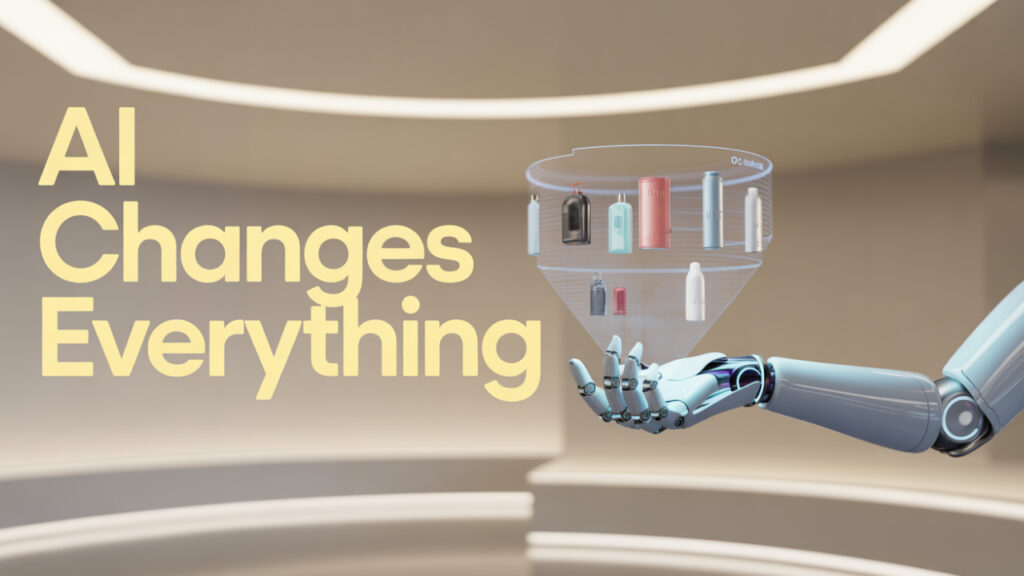20+ Platforms for Smarter Software, Apps, and Automation
Artificial Intelligence is no longer just a buzzword — it’s the core of innovation across industries. From smart assistants to autonomous vehicles, AI is driving massive change. But behind every great AI solution is a powerful development tool that made it possible.
Whether you’re building AI models, training data, deploying applications, or automating workflows, the right AI development tools are critical. This 5000+ word guide covers everything you need to know:
- What AI development tools are and why they matter
- Types of tools: IDEs, frameworks, libraries, platforms, APIs
- 20+ best AI tools for developers, data scientists, and engineers
- Real-world examples
- Comparison by features, use cases, and pricing
🤖 What Are AI Development Tools?
AI development tools are software platforms, frameworks, and libraries that help developers build, train, test, and deploy artificial intelligence systems. They provide:
- Model training & evaluation
- Data pre-processing & annotation
- Deployment environments
- Visualization dashboards
- Hardware acceleration
These tools help streamline workflows for:
- Natural Language Processing (NLP)
- Computer Vision
- Predictive Analytics
- Recommendation Engines
- Robotics and more
🔄 Types of AI Development Tools
1. Frameworks
Tools like TensorFlow and PyTorch provide infrastructure for model building and training.
2. Libraries
Packages like Scikit-learn and spaCy offer ready-to-use algorithms and pre-trained models.
3. IDEs & Notebooks
Jupyter, Google Colab, and VS Code extensions for ML streamline experimentation.
4. Data Annotation Tools
Tools like Labelbox and Supervisely help structure training data.
5. MLOps Platforms
Solutions like MLflow and Kubeflow offer automation for model lifecycle management.
6. AutoML Platforms
No-code or low-code platforms that automate model training and tuning.
🚀 20+ Best AI Development Tools in 2025
1. TensorFlow
- Use Case: Deep learning, neural networks
- Best For: Developers & researchers
- Strengths: High scalability, Google-backed, vast ecosystem
- Pricing: Free (Open-source)
2. PyTorch
- Use Case: Deep learning, research prototypes
- Strengths: Easy debugging, dynamic computation graphs
- Used By: Meta AI, OpenAI
3. Keras
- Use Case: Rapid prototyping
- Strengths: High-level API over TensorFlow
4. Scikit-learn
- Use Case: Classical ML (regression, classification)
- Best For: Data scientists, academic projects
5. OpenCV
- Use Case: Computer vision
- Best For: Image processing, facial recognition
6. Hugging Face Transformers
- Use Case: NLP
- Strengths: Pretrained models for BERT, GPT, RoBERTa
- API Access: Yes
7. spaCy
- Use Case: NLP pipelines (NER, POS tagging)
- Lightweight: Fast and efficient
8. Google Colab
- Use Case: Cloud-based ML notebooks
- Strengths: Free GPU/TPU, no setup
9. Jupyter Notebooks
- Use Case: ML & data exploration
- Strengths: Interactive, visualization-ready
10. Labelbox
- Use Case: Data labeling
- Strengths: Collaboration, API, automation tools
11. Supervisely
- Use Case: Vision AI training data
- Features: Labeling, model training, dashboard
12. MLflow
- Use Case: Experiment tracking, model versioning
- Strengths: Works with most ML frameworks
13. Kubeflow
- Use Case: MLOps on Kubernetes
- For: Enterprises
14. AWS SageMaker
- Use Case: End-to-end ML development
- Strengths: AutoML, deployment, training
15. Microsoft Azure ML
- Use Case: Scalable ML/AI
- Features: Drag-and-drop + code-based dev
16. Google Vertex AI
- Use Case: Unified AI workflow
- Strengths: Integrated with Google Cloud
17. Runway ML
- Use Case: Creative AI (image/video/audio)
- Used By: Artists, creators, filmmakers
18. DataRobot
- Use Case: AutoML
- Strengths: Enterprise-grade automation
19. H2O.ai
- Use Case: Open-source ML
- Products: H2O-3, Driverless AI
20. IBM Watson Studio
- Use Case: NLP, predictive analytics
- For: Large-scale enterprise AI
21. C3.ai
- Use Case: Enterprise AI for industry
- Strengths: Industry-specific models, security
📊 Real-World Use Cases
- Healthcare: TensorFlow models used for tumor detection
- Finance: H2O.ai enables fraud prediction
- Retail: Vertex AI helps forecast demand
- Media: Runway ML used in video editing (e.g. background removal)
✅ How to Choose the Right AI Development Tool
Ask these questions:
- Are you building from scratch or using pre-trained models?
- Do you need cloud deployment?
- Is AutoML more efficient for your needs?
- Will the tool scale with your data & team size?
🔧 Pro Tips for AI Development in 2025
- Always start with clean, labeled data
- Use experiment tracking like MLflow
- Mix classical ML (Scikit-learn) with deep learning (TensorFlow/PyTorch)
- Stay updated with Hugging Face’s new releases
- Optimize deployment with ONNX for cross-platform support
🚫 Common Pitfalls to Avoid
- Overfitting without cross-validation
- Ignoring MLOps from the start
- Using overly complex models for simple tasks
- Not monitoring model drift post-deployment
📆 The Future of AI Development Tools
Expect advances in:
- No-code/low-code ML platforms
- Generative AI integrations (like OpenAI API)
- Edge AI tools for IoT
- Federated learning tools for privacy-first AI
- Real-time AI analytics
🔹 Final Thoughts
The world of AI development is expanding rapidly, and the right tools can make or break your success. Whether you’re an indie developer or leading a data science team, these tools will help you build smarter, faster, and more scalable AI systems.
Experiment with a few, combine their strengths, and stay ahead of the curve in 2025.



